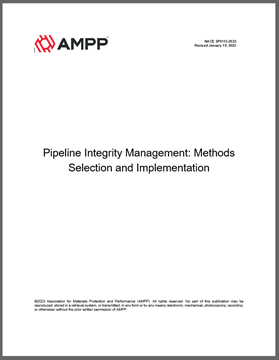Search
Products tagged with 'pim'
View as
Sort by
Display
per page
NACE SP0113-2023, Pipeline Integrity Management: Methods Selection and Implementation
Product Number:
NACE SP0113-2023
Publication Date:
2023
$109.00
Use of AMPP SP 0113 for Methods Selection and Implementation of Pipeline Integrity Management
Product Number:
51324-20705-SG
Publication Date:
2024
$40.00



